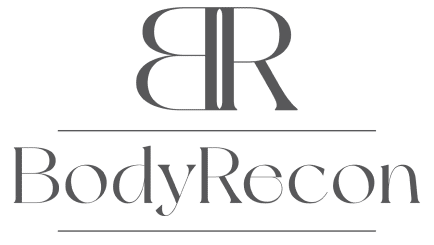ABOUT PROMINENT EAR CORRECTION
Prominent ears occur in approximately 5% of the population in Australia. One or both ears can be affected and it often runs in families. Ears are usually prominent because they lack the normal fold of cartilage at the top of the ear. Children (and adults) with prominent ears are often teased about their appearance resulting in low self esteem and lack of confidence.
In a baby, prominent ears can be successfully corrected by external splints, which mould the cartilage of the ear into the normal shape, but unfortunately this only works in the first 6 months of life. After this, prominent ears can only be corrected by a prominent ear correction operation called an otoplasty (pinnaplasty). This operation takes 1 hour to perform and can be performed under a local anaesthetic for older children and adults or a general anaesthetic for younger children. It would be unusual to perform the surgery on children under the age of 6. The procedure is usually done as a day case. The operative techniques vary depending on the individual need, but essentially comprises an excision of skin on the back of the ear, and from this access, the cartilage of the top of the ear is weakened by scoring it with a sharp instrument and a new fold made in the cartilage which is held in place with permanent stitches which are buried under the skin. The wound is then closed with dissolving stitches and covered with a head bandage.
FREQUENTLY ASKED QUESTIONS
Not everyone is suitable for a prominent ear correction. Suitability is a matter for you and Dr. Rahdon to discuss in clinic, following a thorough analysis of your medical history and a thorough clinical consultation. In children, it is Important that the child as well as parents wish to proceed.
The results of the surgery will set the ears back closer to the side of the head and at the same time recreate the deficient fold of cartilage at the top of the ear. The operation is very successful at increasing patient confidence and improving self esteem.
The location of the scar in a prominent ear correction is behind the ear so it is hidden from view.
A prominent ear correction is not a particularly painful procedure. During the operation local anaesthetic is used so that when patients wake up from the surgery they will be comfortable. It is normal for patients to experience some discomfort around the ears but this can usually be managed with simple oral painkillers such as paracetamol etc.
The dressings are removed after 1 week and a light head bandage worn at night only for the next 2 weeks. Bruising and swelling can last for several weeks following surgery. Most people feel able to return to school/work after 1-2 weeks. Contact sports should be avoided for 6 weeks.
The improvement in the appearance of the ears will be immediately apparent following the removal of the dressings, 1 week after a prominent ear correction. However, there will be some residual bruising and swelling which may last several weeks. The scars will undergo a natural maturation process involving a series of colour and texture changes over a period usually varying from 6 months to 2 years. The final result can usually be judged at around 3-6 months following surgery. The effects of a prominent ear correction should be permanent but there is a small relapse rate in less than 5% cases requiring a minor adjustment procedure.
Any operation carries with it the risk of complication. Major complications, however, are uncommon following a prominent ear correction. During your initial consultation Dr. Rahdon will have a full discussion with you about the risks and complications of surgery. If you decide to go ahead with surgery, these risks will again be discussed as part of the consenting process. Fortunately, with correct patient selection and appropriate procedure selection, the risks are kept to an absolute minimum. It is important that you should be reassured that Dr. Rahdon will not agree to perform any cosmetic procedure on you unless he feels the benefits significantly outweigh the risks.
Any surgical or invasive procedure carries risks. Before proceeding, you should seek a second opinion from an appropriately qualified health practitioner.
Interested in learning more? Book a consultation today.

